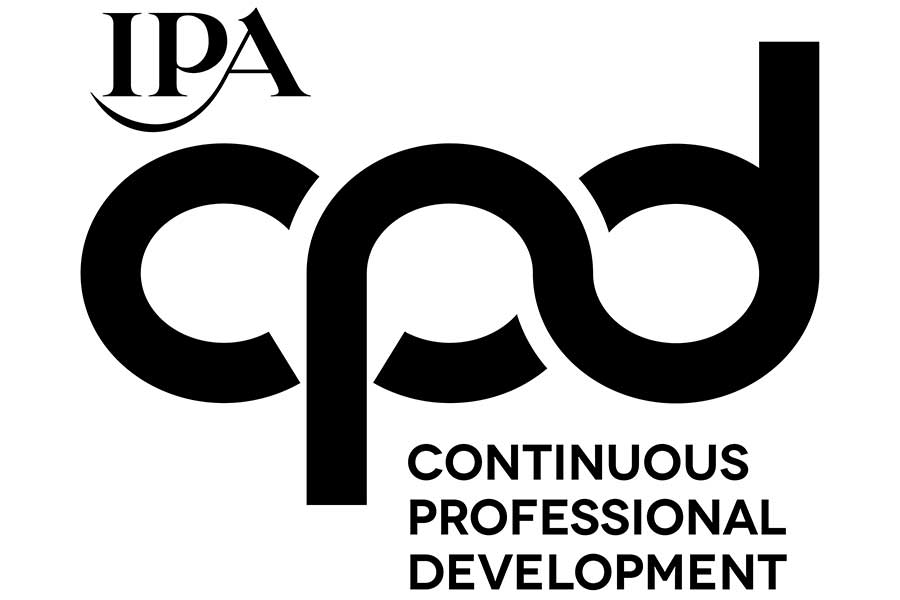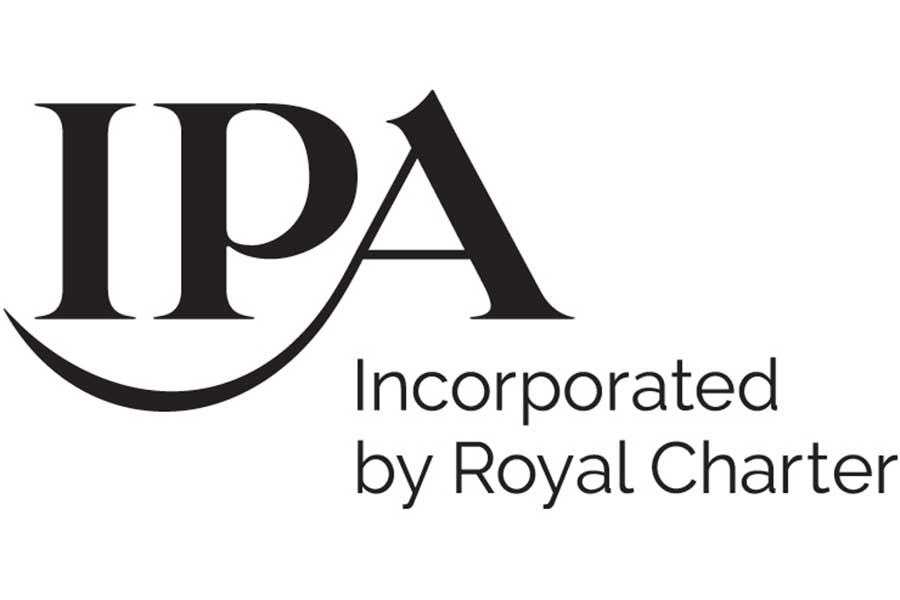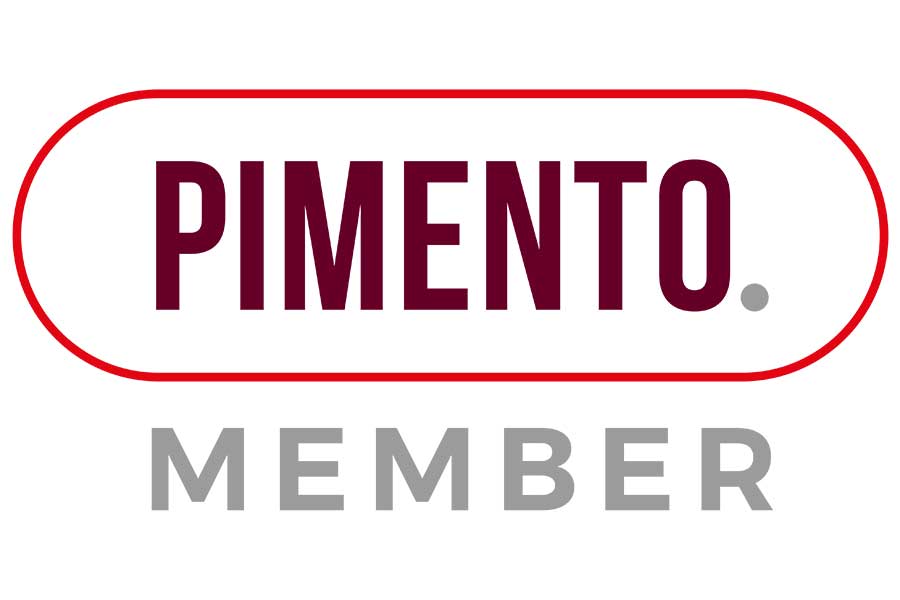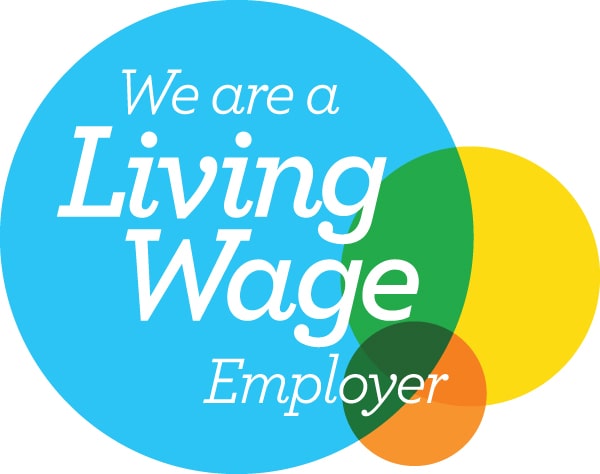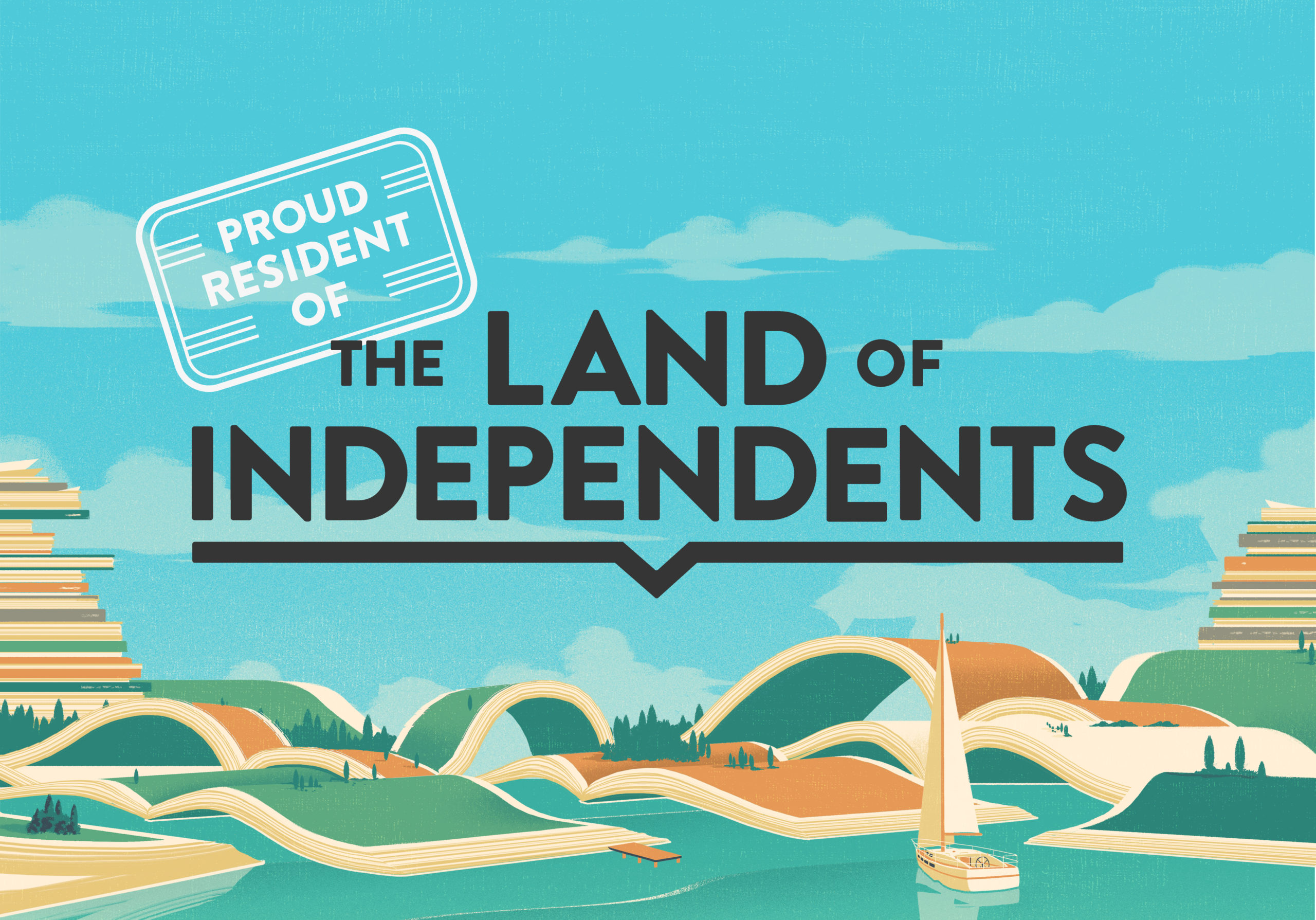How CTV is helping us to rethink performance media
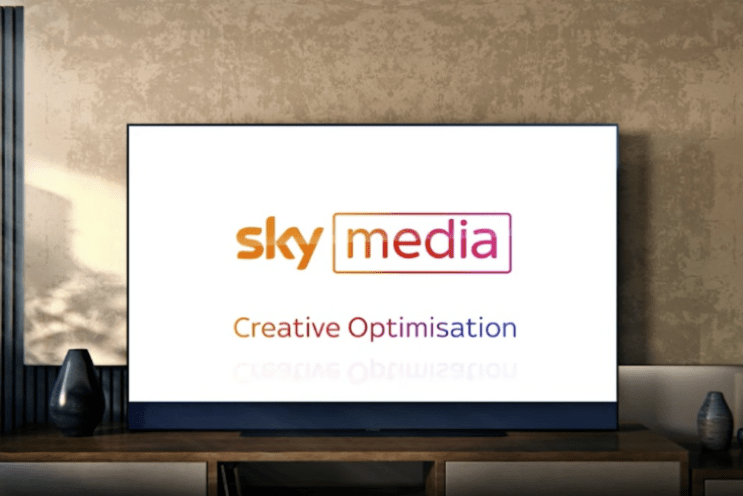
Opinion
Dynamic optimisation using AI should be a good thing for broadcasters’ connected TV services, but it’s uncertain whether the industry can adapt to make it happen.
Last month, Sky Media unveiled its dynamic optimisation tool.
This was very much aimed at performance and response-focussed TV advertisers, enabling them to dynamically match the most suitable ad creative to the most responsive audience while a campaign is live. Nothing new here you might say, we’ve seen this before. And true, Channel 4 launched its Dynamic TV over three years ago.
But with advertisers similarly able to enjoy dynamic optimisation on ITVX, we are seeing a growing movement on CTV.
And while on the surface it seems all about making direct response advertising even more efficient, it’s potentially much bigger than that.
Or at least it should be.
A dream for direct-response advertisers
Sky Media’s new optimisation tool offers advertisers the capability to factor in genre, channels, time-of-day, day-of-week and dynamically match the most suitable creative to the most responsive audience. This is done while a campaign is live and uses Sky’s ability to link TV ad viewing and web activity.
The tool can automatically update the spot schedule and adapt ad selection based on message, product or call-to-action. This is done “as close to transmission as possible”, according to Sky. The media owner confirms that through its testing, it has seen brand campaign response rates increase by 18%.
Channel 4 unveiled its creative optimisation solution called Dynamic TV in 2019, going live with advertisers Boots and Suzuki whose bespoke ads were based on location, weather, time-of-day, date and demographics. Dynamic optimisation is also a feature of ITVX, whose AI technology is also able to identify specific objects, environments and themes in programmes and manage automatic ad placement.
All of this dynamic potential looks like a dream for direct response advertisers. And it is.
But I believe this application of AI-based dynamic optimisation goes beyond DR. This is about the wider application of performance-based media and how we view performance.
The problem with ‘performance’
Performance media is often interpreted as DR as it drives direct action. But performance capabilities are also valuable in achieving brand goals, measured against brand metrics. Performance media – including creative optimisation – can tick both short and longer-term goals and maybe we should think also in terms of ‘brand response’.
Matching commercial messaging to a particular environment or specific content is vital in DR. But it’s intuitively right to do this for all types of advertising, and goes back to the basic principles of print – placing an ad against relevant content. The media strategy is the same, but technology is enabling the process to be automated.
And that AI-enabled automation is clearly driving efficiencies.
It means better targeting, less wastage, and more effective use of budget. All great news for advertisers, big or small. But it’s also great news for consumers. The industry has been called out time and again for blunt use of interruption advertising and bombarding consumers with irrelevant ads across digital platforms.
And to a significant extent, automation has been at fault here, with programmatic simply getting it wrong.
AI needs to improve user experience
So, with dynamic optimisation — and other similar applications of AI — we have an opportunity to improve consumer experience, rather than degrade it.
Advertising on connected TV will become more relevant, informative and useful for audiences. The technology should also give viewers more control of the advertising they see.
TV companies will all be rightly exploring new ways to embrace AI for the good of viewers and advertisers. ITV has a specific division, AdLabs, which is using data and AI to identify new targeting opportunities, all aimed at bringing advertising and content together.
This move towards AI has led some in the industry to urge the major players in CTV to behave more like Google and Meta.
This poses both exciting opportunities and notable challenges.
Much of the generative deployment of AI by Google and Meta has focussed on the process of creating assets more easily through automation. It’s debatable whether creative for CTV could or should become dynamically automated in the way that’s possible — and necessary — with online advertising.
At present the dynamic optimisation opportunities are focused on automated matching of the right advertising with the right content.
Any move to automate creative production for TV would have implications for the Clearcast approval process. But that’s not to say that this couldn’t happen. Arguably, if we are to truly reap the benefits of AI and dynamic optimisation, we need to look to change and modernise the clearing process.
Proving why TV still works
The other area that Google and Meta have been focused on is advertising optimisation, using AI algorithms to automate the process.
CTV could adopt some of the AI-based tech to fuel optimisation, but in a best-case scenario they would need live online and sales data to feed the machine learning. CTV media owners don’t have ‘360 degree’ data — i.e. pre- and post-sale. So this would require greater data sharing, with first party client data overlayed with third party targeting platforms. Arguably, this is possible and we are moving in this direction.
But, regardless of the extent to which CTV follows in the footsteps of Google and Meta, dynamic optimisation is good thing for the broadcast video-on-demand (BVOD) players, helping them to prove their worth in terms of generating response, return on investment and brand uplift.
Linear TV campaigns now have an attribution methodology that the industry is comfortable with (e.g. Adalyser’s probabilistic modelling). This not quite the case for BVOD, and it can look expensive in terms of costs per thousand (CPT).
So, dynamic optimisation will help to make BVOD more attractive and efficient for advertisers, but we need greater investment in results attribution.
Dynamic optimisation is an exciting development for CTV and one which should make of all of us see performance media in a different light. It makes sense for advertisers in terms of efficiency and effectiveness and also for audiences, creating a better experience with more relevant advertising.
It’s clear that AI can have a very positive impact on BVOD. But the extent to which it can be embraced, and the industry changes that would be needed to enable some of the benefits of AI, are uncertain.
This article appeared in The Media Leader.
https://the-media-leader.com/how-ctv-is-helping-us-to-rethink-performance-media/


